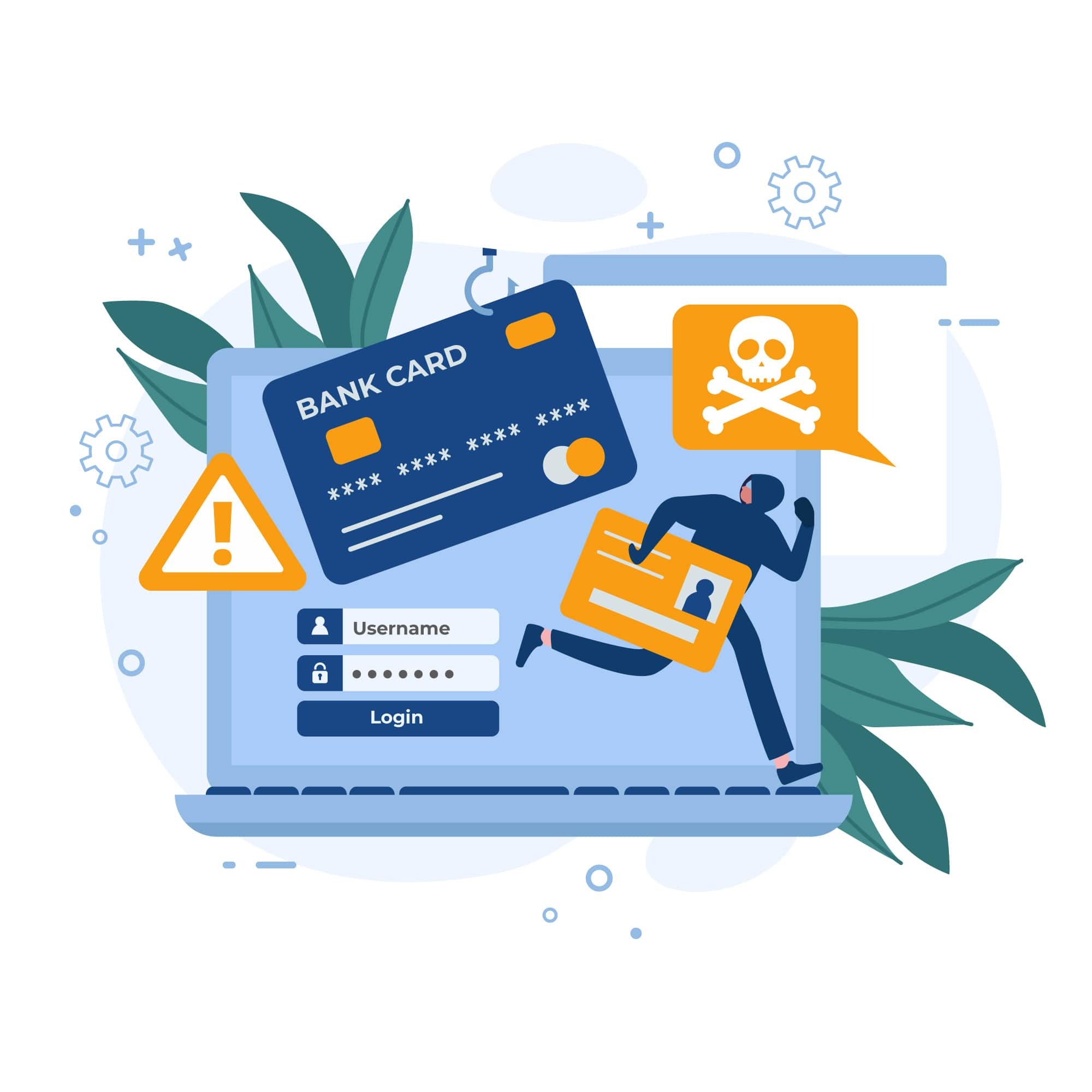
How to Get Rid of Malware on My Website
According to recent data, a whopping 4.1 million of the world’s websites are infected with malware. The extent of the damage a malware attack can have on your website typically depends on a number of variables, not the least of which is your response time. The longer it takes to detect and remove malware, the more expensive the recovery process becomes. Unfortunately, many types of malware are deliberately designed to keep themselves concealed for as long as possible. Eventually, however, the symptoms of a malware-infected website can become hard to miss.
You may be wondering: How can you tell if you have malware? And once your site is infected, how can malware be removed? How serious could this be?
Here, we’ll answer these questions—showing you how to delete malware from your site and defend your digital presence.
Common signs of malware infection
Some malware attacks are immediately apparent—such as a website defacement that replaces your site’s content with a hacker’s message or image. In other instances, your hosting provider may suspend your account, or Google may blacklist your site, alerting visitors to potential danger. But not all malware is so obvious. Sometimes, subtle red flags may signal an issue, including:
Sudden changes to your website’s appearance (e.g., defacement)
Suspensions or warnings from your web hosting provider
Google blacklisting your site and displaying safety warnings
Spammy or suspicious content showing up in your search results
Unwanted pop-up ads, redirects, or automatic downloads
Unrecognized admin users or unauthorized changes to login credentials
Missing or modified website files
Pages that frequently freeze or crash
Unexplained drops in site traffic
Regardless of how it manifests, a malware infection poses serious risks. Suspensions and blacklisting can erode trust, damage your reputation, and impact revenue—particularly for small businesses. Recognizing these warning signs early is critical to protecting your website and your brand.
How to delete malware from your site
Not everyone is comfortable handling malware removal themselves. If you don’t consider yourself particularly tech-savvy, outsourcing the process to a security expert or cybersecurity provider may be your best option. These professionals can quickly remove malware and help you establish proactive cybersecurity measures to prevent future infections. For ongoing protection, consider using a website malware scanner that monitors your site daily and automatically removes malware as soon as it’s detected.
If, however, you’re more technically inclined—such as a developer comfortable with modifying files and databases—you may choose to remove the malware yourself. Keep in mind that this approach requires careful attention to detail, as even a small mistake can lead to hours of extra work.
Step-by-step instructions
Before you begin, take a moment to understand the following steps, which will guide you through identifying, isolating, and removing malicious code from your website.
Step 1: Back up your website
Before you do anything else, create a full backup of your site. This precaution ensures that if something goes wrong, you can restore your site to its previous state. If the attack happened recently, you might even be able to revert to a pre-infection backup, which may quickly remove most of the malicious code. Just remember that restoring doesn’t fix the initial vulnerability that allowed the malware in, so additional steps will still be necessary.
Step 2: Identify the source and investigate website security issues
Begin by identifying the source of the malware. Access your files via FTP, SSH, or your hosting provider’s File Manager. Many shared hosts run daily malware scans and log the findings in a “malware.txt” file located in your hosting root directory. If you’re on a dedicated server or VPS, tools like the open-source antivirus engine ClamAV can help you find infected files.
If you need even more granularity, consider downloading your site to a local machine and performing a local file search. If you have command line access, you can search for recently modified files or specific suspicious code fragments. The goal at this stage is to pinpoint exactly where malicious code is hiding.
Step 3: Carefully target malicious software
Once you’ve identified the infected files, inspect them closely for suspicious syntax and malicious code injections. Malware often lurks within legitimate files, so deleting these files outright could cause future functionality issues. If you’re using a common content management system (CMS) like WordPress, compare your infected files to a clean copy of the same version. Often, simply replacing the compromised file with a fresh, clean file from the original CMS package will remove the malware while preserving necessary site functionality.
Step 4: Remove malware and secure your site
After locating and confirming the infected files, remove the malicious code. Manually deleting the code or replacing corrupted files with clean versions is one way to do it. However, to save time and ensure thoroughness, consider using an automated malware removal tool or a website scanner.
Step 5: Take a proactive approach to cybersecurity
With the malware removed, take steps to prevent future infections. This includes keeping your CMS, themes, and plugins updated, using strong authentication measures, and running regular malware scans. Uninstall any unnecessary plugins to minimize potential backdoors for hackers. Proactive cybersecurity can help you detect threats early—or stop them altogether.
How serious is malware for eCommerce?
Hackers deploy various types of malicious software—such as ransomware, spyware, and phishing attacks—to gain unauthorized access to websites and the sensitive information stored within them. In doing so, they can facilitate identity theft, steal credit card data, compromise login credentials, or even hold entire databases hostage for financial gain.
For website owners, especially those with eCommerce websites, the damage caused by malware can be profound: it can erode consumer trust, reduce website performance, damage brand reputation, and lead to severe revenue loss. Search engines also take note, often flagging or blacklisting infected websites in their results. This not only deters potential visitors but can also undo years of hard-earned search engine optimization (SEO) efforts and rankings.
In short, failing to protect a website against malware puts everyone at risk—from site owners and their customers to the broader online ecosystem.
Dealing with a hacked website? Contact SiteLock
Every website owner should understand how to remove malware, but it’s important to remember that defending against cyberthreats is an ongoing effort. While the process of manually cleaning or deleting malware can be involved, there are a range of tools to help, such as automated website scanning solutions and web application firewalls (WAFS). By being proactive about cybersecurity, you can protect your site against increasingly sophisticated attacks in real-time.
Still unsure about how to delete malware from your site or need professional guidance? Contact SiteLock today. We can scan your website, provide detailed information about its health and security, and help safeguard it against potential threats. Learn more about how our services work and package pricing.





